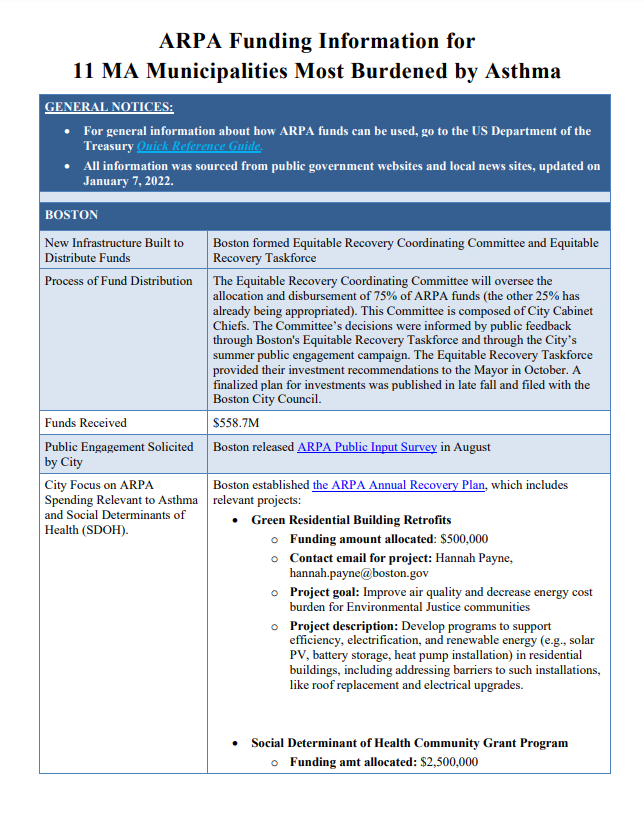MVP HEAL: Healthy Communities Webinar
/On December 5th, 2025, the Healthy Environments Advance Learning (HEAL) project hosted an exclusive webinar featuring Britney Daniels, planner with the Berkshire Regional Planning Commission’s Environmental and Energy Planning Department. Britney presented the Healthy Communities Handbook, developed under the EPA Healthy Communities Grant Program and now being updated into an online format. The session brought together environmental advocates, public health professionals, and community members committed to creating healthier living environments.
Key Highlights from the Session:
Healthy Communities Handbook: Attendees received an overview of the handbook and its role in guiding healthier environments.
Indoor Air Pollution: Presenters discussed major causes of indoor air pollution and their impact on communities.
Practical Solutions: Participants explored remediation strategies to improve indoor air quality.
Health Implications: The session highlighted the health risks associated with poor indoor air quality.
Next Steps: Attendees learned about upcoming efforts to advance healthier living environments through the updated online handbook.
This session underscored the importance of equipping communities with practical tools, knowledge, and strategies to address indoor air quality challenges and foster healthier environments statewide.


















